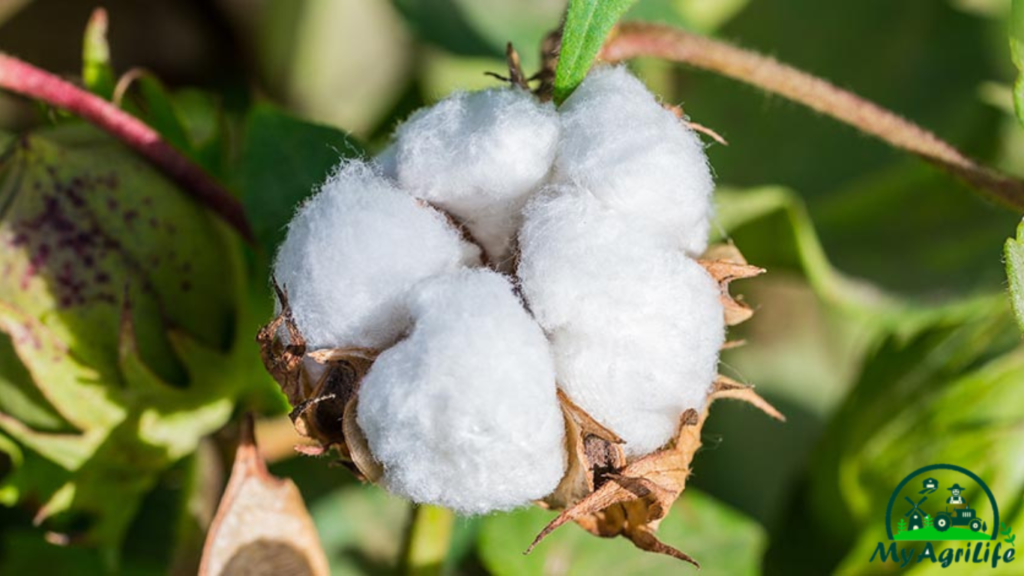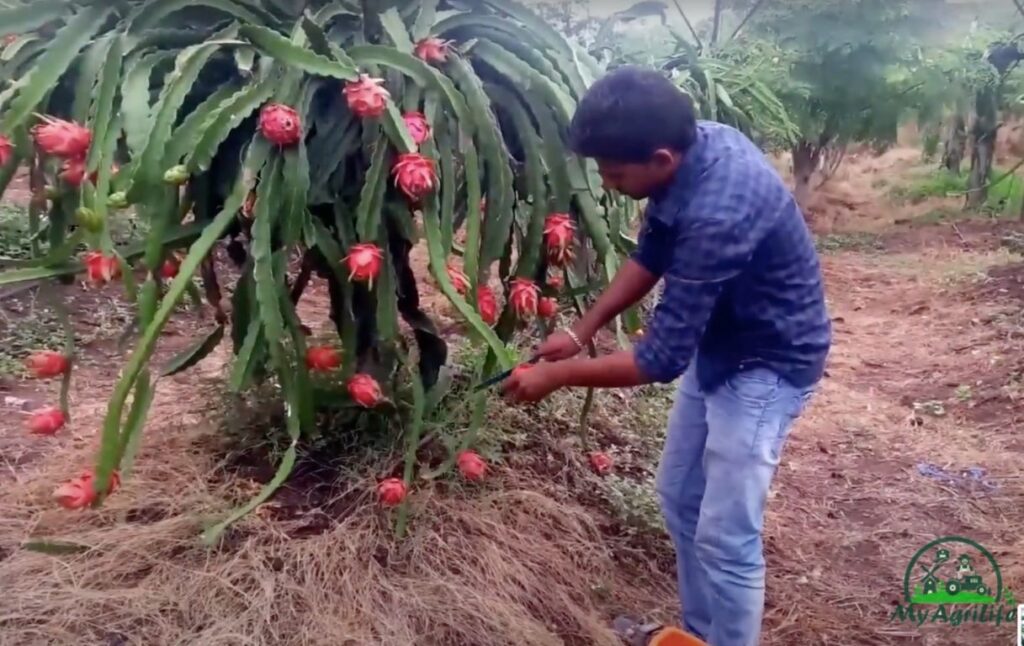Kinnow is a variety of citrus fruit that is a hybrid of two citrus cultivars – King (Citrus nobilis) and Willow Leaf (Citrus x deliciosa). It is a type of mandarin orange and is known for its sweet and tangy taste. Kinnows are primarily grown in the Indian states of Punjab, Haryana, and Rajasthan, as well as in Pakistan.
The fruit is medium-sized, with a thin and easy-to-peel skin that is deep orange in color. The flesh of the fruit is also orange and is juicy and seedless. Kinnows are typically eaten fresh, but they can also be used to make juices, jams, and marmalades. They are a good source of Vitamin C, dietary fiber, and antioxidants.
Kinnows are typically in season from December to April, and during this time, they are widely available in local markets in the regions where they are grown.
Seed Specification Kinnow
The seeds of a Kinnow fruit are small, oval-shaped, and are usually light brown or tan in color. The average number of seeds in a Kinnow fruit is around 10-12, but this can vary depending on the size of the fruit.
The seeds are typically about 1-2 cm in length and have a hard, woody outer shell. Inside the shell, the seed has a thin membrane that covers the edible embryo, which is the part of the seed that can be used to grow a new Kinnow tree.
When planting Kinnow seeds, it is important to use fresh seeds that have been extracted from ripe, healthy fruits. The seeds should be soaked in water for 24 hours before planting to soften the outer shell and promote germination. Kinnow seeds should be planted in well-drained soil and kept moist until they sprout. It can take several weeks for the seeds to germinate and for the seedlings to emerge from the soil.
Land Preparation & Soil Health Kinnow
Land preparation and soil health are crucial factors for the successful cultivation of Kinnow. Here are some important considerations:
1.Land preparation: The land should be cleared of any debris or unwanted vegetation, and the soil should be tilled to a depth of at least 30 cm. The land should be leveled and ridges and furrows should be created to ensure proper drainage of water.
2.Soil type: Kinnow grows well in well-drained, sandy loam soils with a pH range of 6.0 to 8.0. The soil should be tested for its nutrient content, and amendments such as compost or organic matter should be added to improve soil fertility.
3.Soil structure: The soil should have good structure and texture, allowing for proper water and air movement. Soil compaction should be avoided, and deep tillage practices should be used to improve soil structure.
4.Soil fertility: Kinnow requires a balanced supply of nutrients, including nitrogen, phosphorus, potassium, calcium, and magnesium. Fertilizers should be applied in recommended amounts, and the soil should be monitored regularly for its nutrient content.
5.Soil moisture: Adequate moisture is essential for the growth and development of Kinnow. Proper irrigation techniques should be used to ensure that the soil remains moist but not waterlogged.
6.Soil health: The overall health of the soil is crucial for the growth and productivity of Kinnow. Regular soil testing and analysis should be conducted to monitor soil health, and practices such as crop rotation, cover cropping, and organic farming should be used to promote soil health and sustainability.
Crop Spray & Fertilizer Specification Kinnow
Crop spray and fertilizers are essential inputs in the cultivation of Kinnow. Here are some important considerations:
1.Crop spray: Kinnow is susceptible to various pests and diseases, and a regular spray schedule is necessary to protect the crop. The spray schedule should be based on the local climatic conditions and the pest and disease pressure in the area. Common pests of Kinnow include mites, thrips, and fruit flies, while common diseases include citrus canker and citrus greening. Chemical pesticides and fungicides should be used judiciously, following the recommended dosages and safety guidelines.
2.Fertilizer specification: Kinnow requires a balanced supply of nutrients to support its growth and development. A fertilizer program should be based on the soil test results and the crop requirements. A general recommendation for Kinnow is to apply nitrogen, phosphorus, and potassium at the rate of 100-150 kg/ha, 50-75 kg/ha, and 150-200 kg/ha, respectively, in two to three split doses. Calcium and magnesium are also important nutrients for Kinnow, and their deficiencies can be corrected by applying gypsum and dolomite, respectively.
3.Organic fertilizers: The use of organic fertilizers such as farmyard manure, compost, and vermicompost is also recommended in Kinnow cultivation. These organic fertilizers not only provide essential nutrients to the crop but also improve soil fertility, structure, and water-holding capacity. The application rates for organic fertilizers depend on their nutrient content and the soil fertility status.
4.Fertilizer application: Fertilizers should be applied in a band or ring around the trunk of the tree, avoiding direct contact with the trunk. The fertilizer should be incorporated into the soil by shallow tillage, and care should be taken to prevent leaching or runoff. Fertilizer application should be timed to coincide with the active growth stages of the crop.
5.Fertilizer management: Proper fertilizer management is crucial for the efficient use of nutrients and the prevention of environmental pollution. Over-fertilization can lead to nutrient imbalances, leaching, and groundwater contamination. Regular monitoring of soil nutrient levels and crop performance is necessary to adjust the fertilizer program accordingly.
Weeding & Irrigation Kinnow
Weeding and irrigation are important cultural practices in the cultivation of Kinnow. Here are some important considerations:
1.Weeding: Weeds compete with Kinnow for nutrients, water, and sunlight, and can also harbor pests and diseases. Weeding should be done regularly to keep the orchard free of weeds. The frequency of weeding depends on the weed growth rate and the weed pressure in the area. Manual weeding, hoeing, or mechanical weeders can be used for weeding in the orchard. Mulching with organic materials such as straw, leaves, or grass clippings can also help suppress weed growth and conserve soil moisture.
2.Irrigation: Kinnow requires adequate moisture for its growth and development, especially during the flowering and fruiting stages. Irrigation should be done based on the water requirements of the crop and the soil moisture status. The frequency and amount of irrigation depend on factors such as soil type, climate, rainfall, and evapotranspiration. Drip irrigation is a preferred method of irrigation in Kinnow cultivation, as it delivers water directly to the root zone and reduces water loss due to evaporation and runoff. Over-irrigation should be avoided, as it can lead to waterlogging, root rot, and nutrient leaching.
3.Irrigation scheduling: The timing of irrigation is also important for Kinnow. The best time for irrigation is early morning or late afternoon, as it allows sufficient time for the soil to absorb the water before the heat of the day. Irrigation should be avoided during the flowering and fruiting stages, as excess moisture can lead to fruit drop and poor fruit quality. The soil moisture status should be monitored regularly using a soil moisture meter or by visual inspection.
4.Irrigation management: Proper irrigation management is crucial for the efficient use of water and the prevention of environmental pollution. The irrigation system should be properly designed, installed, and maintained to ensure uniform water distribution and minimize losses. The use of recycled or treated wastewater for irrigation should be considered, where feasible. The irrigation schedule and amount should be adjusted based on the seasonal changes in weather and crop demand.
Harvesting & Storage Kinnow
Harvesting and proper storage are critical steps in ensuring the quality and longevity of Kinnow fruit. Here’s a guide on harvesting and storage practices for Kinnow:
Harvesting
1.Timing: Kinnow fruit is typically harvested when it reaches optimum maturity, which is determined by its size, color, and taste. The fruit should have developed a deep orange color and have a sweet and tangy flavor.
2.Handpicking: Kinnow fruit is handpicked to prevent any damage to the delicate skin. Care should be taken to handle the fruit gently to avoid bruising or puncturing.
3.Cutting versus twisting: The fruit can be carefully cut off the tree using pruning shears or snips. Twisting should be avoided as it can damage the branch and lead to fruit drop.
4.Sorting: The harvested fruit should be sorted based on size, color, and quality. Any damaged or diseased fruit should be separated and discarded.
Storage
1.Temperature and humidity: Kinnow fruit should be stored in cool and dry conditions to extend its shelf life. The ideal storage temperature is around 4-7°C (39-45°F) with a relative humidity of 85-90%.
2.Ventilation: Adequate ventilation is crucial to prevent the buildup of ethylene, which can accelerate fruit ripening and spoilage. Proper airflow should be maintained in the storage area.
3.Packaging: Kinnow fruit can be packed in mesh bags, cartons, or crates for storage. The packaging should allow for sufficient air circulation to prevent moisture buildup.
4.Quality checks: Regular monitoring of stored fruit is necessary to remove any spoiled or overripe fruit promptly. This helps prevent the spread of decay and maintains the overall quality of the stored batch.
It’s worth noting that Kinnow fruit has a relatively short shelf life compared to other citrus fruits, typically lasting for a few weeks to a couple of months under proper storage conditions. Therefore, it is advisable to plan the harvest and storage in a way that facilitates prompt distribution and consumption of the fruit to maximize its freshness and flavor.
Conclusion
In conclusion, Kinnow farming requires careful planning, preparation, and management to ensure a successful harvest and high-quality fruit. The key factors to consider include selecting suitable cultivars, preparing the land and soil, providing adequate irrigation and fertilization, controlling weeds and pests, and monitoring the crop regularly. With proper care and attention, Kinnow can be a profitable crop that provides numerous health benefits and culinary applications. As with any agricultural enterprise, it is important to stay informed of the latest research and best practices to improve yields and profitability, while minimizing environmental impacts.









